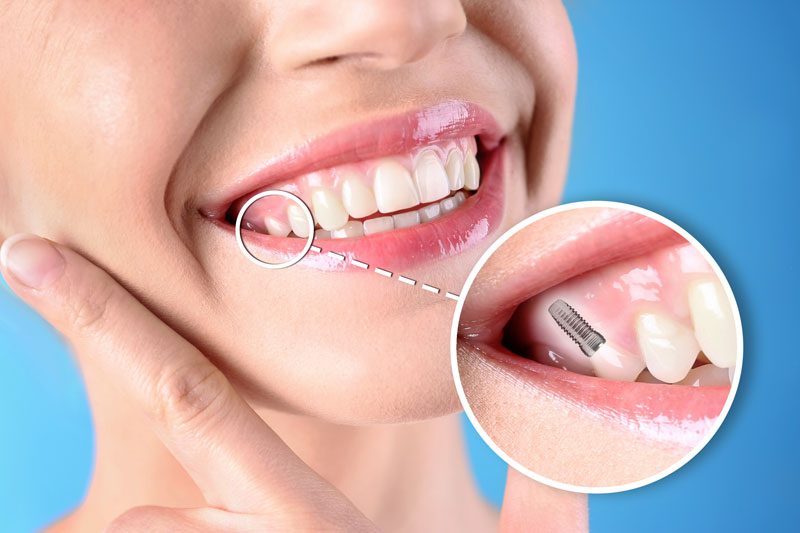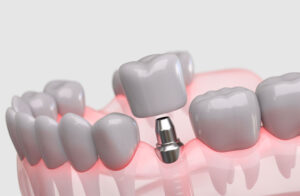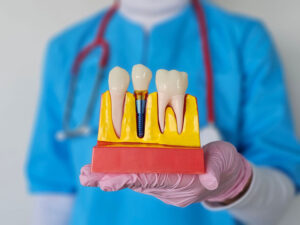Have many missing teeth that make it hard to live life normally? Tired of wearing uncomfortable and unstable traditional dentures? When people have these types of dental problems, they will want to restore the look, function, and health of their smile with denture implants in Minneapolis, MN. Luckily, at a skilled and trusted doctor’s practice, people will be able to restore their smile with denture implants.
Interested in learning how exactly denture implants are placed at a quality doctor’s practice? Continue reading to learn how exactly denture implants are placed at a quality doctor’s practice.
The Steps To Getting Denture Implants In Minneapolis, MN Placed
There are several steps taken to successfully place denture implants. These are the specific ways denture implants are placed.
Begin With A Consultation:
The first and one of the most crucial steps in the denture implant procedure process is the initial consultation. During the consultation, the doctor will extensively evaluate the patient’s dental health, discussing their medical history and any specific needs or concerns they may have. The patient can also ask the doctor questions to understand the procedure, its outcomes, and the care involved post-surgery.
Using advanced technology, the doctor will assess the condition of the patient’s jawbone to determine if additional procedures, like bone grafting, are needed before the dental implants are placed. This personalized approach ensures that the denture implant treatment plan is tailored specifically to meet the patient’s unique dental requirements.
Any Additional Procedures Needed Will Be Performed:
If the doctor determines that the patient’s jawbone isn’t dense or healthy enough to support the dental implants, or if gum disease is present, specific preparatory procedures will be required.
Bone grafting is a common procedure for people who lack the necessary jawbone density to support their dental implants and dentures. The bone grafting procedure process allows the transplanted bone to fuse with the patient’s existing jawbone, creating a more solid base for the dental implants to be placed in.
For those with gum disease, gum disease treatments must precede dental implant placements to ensure the long-term success of the denture implants. Gum disease treatments may range from deep cleaning procedures, such as scaling and root planing, to more advanced interventions like flap surgery or laser therapy, depending on the disease’s severity.
These gum disease treatments are aimed at eliminating bacteria from beneath the patient’s gum line, reducing inflammation, and creating a healthier environment for denture implants. Once gum health is restored and, if necessary, the jawbone has been successfully augmented, the site is deemed ready for the next phase of receiving denture implants.
Sedation Dentistry Administered:
For patients undergoing denture implant procedures, comfort and relaxation during the operation are paramount. This is where sedation dentistry comes into play. Before the start of the surgical procedure, patients are administered sedation dentistry so that they can have a comfortable and anxiety-free experience.
The dental team will closely monitor the patient’s vital signs during the procedure to ensure their safety and comfort. This thoughtful approach to patient care allows for a smoother, more comfortable experience for those receiving denture implants.
Two Or More Dental Implants Placed:
After ensuring that the patient is comfortably sedated, the doctor will strategically place two or more dental implants securely in the patient’s jawbone. Once the two or more dental implant posts are securely in place, the gums are sutured closed around the dental implant posts, leaving the tops slightly exposed, or in some cases, completely covered to allow for healing.
This stage marks the beginning of the process known as osseointegration, where the dental implant posts fuse with the patient’s jawbone over time, creating a strong and durable foundation for the denture to be attached to. Depending on the amount of time it takes for the patient’s body to heal, and the complexity of their case, the dental implant posts will be left to integrate with the patient’s jawbone for several months before the dentures are attached.
The Denture Is Securely Attached To The Dental Implants:
Once the osseointegration process is complete and the two or more dental implant posts have fused with the patient’s jawbone, creating a sturdy and durable foundation, the final step in the denture implant procedure involves securely attaching the denture to the dental implant posts. Depending on the type of denture implants used, the attachment can be either fixed or removable.
For fixed dentures, the denture is anchored directly to the abutments, ensuring it stays in place just like natural teeth. In contrast, removable dentures are designed to snap onto the abutments, allowing the wearer to easily remove and clean the denture as needed.
Both methods provide a secure fit that significantly improves the patient’s chewing ability, speech, and comfort compared to traditional dentures. With denture implants, the patient’s smile and quality of life will be restored
Come To Our Practice So We Can Transform Your Smile With Denture Implants
At our caring and dedicated practice, we can improve your smile for years to come with denture implants. Why wait to improve your smile with us? Get in contact with Dr. Catalin Constantin, Dr. Michael Determan, Dr. Magaly Ferreira, and our exceptional team at our Parkway Dental Center practice to schedule an appointment today!




